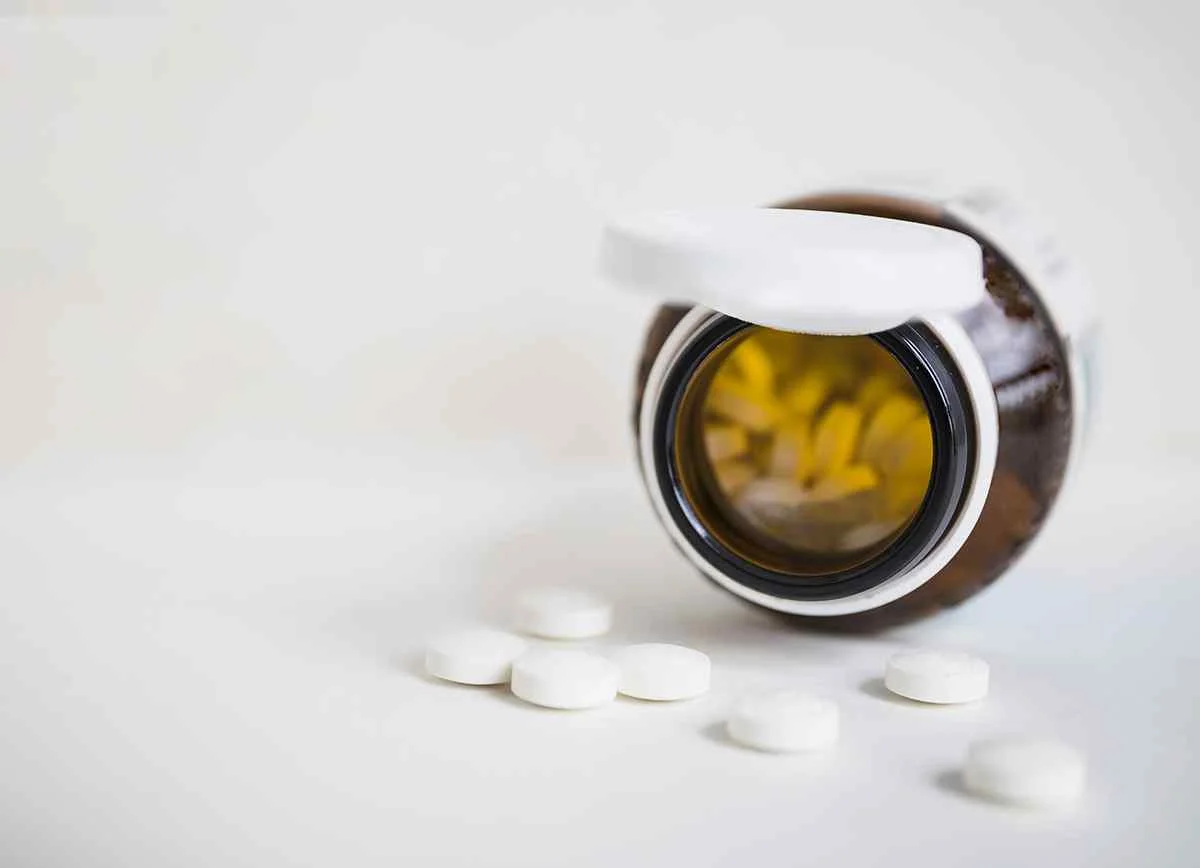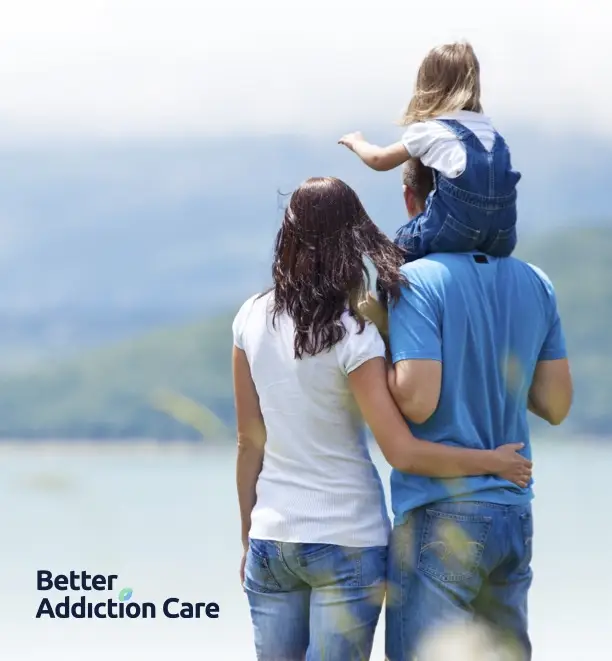Methadone
Methadone is an opioid analgesic used for chronic pain relief as well as the management and treatment of opioid use disorder.1

Common Brand Names: Dolophine, Methadose, Methadose oral concentrate
Methadone is a synthetic opioid and full agonist at the mu-opioid receptor that inhibits neurotransmitters for pain perception. These receptors are located in different parts of the central nervous system (CNS) that control processes involved in pain relief, euphoria, and sedation.
Methadone has powerful therapeutic effects, but as a Schedule II drug under the federal drug scheduling system, it is considered a substance that presents a high risk for dependence. When misused or taken for a long time, individuals who take methadone may end up developing an addiction to the substance.
Medical Uses of Methadone
Methadone is often recommended only when the use of other opioids has failed to resolve pain. It is also often prescribed as part of the pharmacologic treatment of opiate addiction. However, undirected methadone use can itself lead to dependence and substance use disorder which may require drug detox and addiction treatment, respectively.
How People Abuse Methadone
Many people who abuse methadone just take the medication as is by:
- Taking larger doses of methadone than what has been prescribed by their doctor
- Taking methadone more frequently than they should
Some individuals misuse methadone in other ways, such as by:
- Crushing and snorting the substance
- Chewing the tablet form of the medication
- Crushing and dissolving the tablet form of the medication in water to inject it into the bloodstream
- Directly injecting the liquid form of the medication into the body
Substances That Can Interact with Methadone
Methadone is metabolized in the liver by the enzymes CYP2B6 and CYP3A4. Because of this, taking methadone with any of the following types of drugs is not recommended:
- Enzyme inducers: Enzyme inducers may decrease the levels of methadone in the body, reducing the drug’s efficacy. These inducers can also cause withdrawal symptoms in patients who have developed methadone dependence. Examples of enzyme inducers include:
- Carbamazepine
- Phenobarbital
- Phenytoin
- Rifampin
- John’s Wort
- Enzyme inhibitors: Enzyme inhibitors may increase the levels of the drug in the body, which can prolong methadone side effects and potentially result in fatal respiratory depression. Examples of enzyme inhibitors include:
- Azole-antifungal agents
- Fluconazole
- Fluvoxamine
- Macrolide antibiotics
- Protease inhibitors
- Some selective serotonin reuptake inhibitors (SSRIs)
- Benzodiazepines or other CNS depressants: Using these types of medications with methadone may cause respiratory depression, profound sedation, coma, and even death. Some examples are:
- Anxiolytics
- Antipsychotics
- Alcohol
- Benzodiazepines and other sedatives/hypnotics
- General anesthetics
- Muscle relaxants
- Other opioids
- Tranquilizers
- Serotonergic drugs: Combining methadone with these substances may cause serotonin syndrome, a potentially fatal condition wherein your body produces too much serotonin. Examples of these substances include the following:
- 5-HT3 receptor antagonists
- Monoamine oxidase inhibitors (MAOIs)
- Selective serotonin reuptake inhibitors (SSRIs)
- Serotonin and norepinephrine reuptake inhibitors (SNRIs)
- Tricyclic antidepressants (TCAs)
- Triptans
Immediate Side-Effects of Methadone
Some of the most common side effects of taking methadone include:1
- Flushing and sweating
- Headache
- Nausea
- Vision problems
- Dry mouth
- Stomach pain or constipation
- Prolongation of QTc interval, leading to a higher risk of arrhythmia or irregular heartbeat problem known as torsades de pointes
- Sleeping problems such as taking longer to fall asleep or finding sleep harder to maintain
Some individuals may experience more extreme side effects, such as:
- Having a hard time swallowing or breathing
- Seizures
- Hallucinations
- Swelling of the tongue, throat, face, eyes, or mouth
- Itching
- Hives or rashes
- Extreme drowsiness
- Dizziness or nausea
- Loss of appetite
- Weakness and loss of appetite
- Hoarseness
- Agitation or fast heartbeat
- Becoming unable to get or keep an erection
- Irregular menstrual cycles
In the event that you or another person experiences any of these side effects, immediately contact 911 or call your doctor for assistance.
Long-Term Effects of Methadone
Some studies have found that methadone may negatively impact mitochondrial function by inducing neuronal cell death and inhibiting neurogenesis. Research has also shown that children born to pregnant mothers with long-term methadone intake displayed impaired behavior, cognition, and vision.Additionally, chronic use of methadone has been linked to an increased risk of hypoglycemia.
Symptoms of Methadone Overdose
When your body becomes so used to the drug that you need to start taking higher doses of it to feel its effects, that’s a sign that you’ve built a tolerance to methadone. Increasing your intake of this substance to try and combat your tolerance to it, however, can result in an overdose, and you may experience more serious adverse effects. Symptoms of methadone overdose include:
- Extreme lack of energy or stupor
- Excessive sleepiness
- Small pupils (miosis)
- Slow heartbeat
- Hypotension
- Respiratory depression
- Cardiac arrest
- Coma
In case you or another individual exhibits any of the symptoms mentioned above, call emergency services as soon as you can. You may also ask your doctor about using naloxone to reverse the potentially life-threatening effects of a methadone overdose.
Signs of Methadone Addiction
Methadone is often given as the main pharmacologic treatment for substance use disorders of other stronger and more habit-forming opioids. However, as an opioid itself and as a Schedule II drug, methadone also presents high potential for abuse.
To assess whether a patient has developed a drug addiction as well as how severe the condition has become, physicians refer to the 11 criteria for substance use disorder listed in the Fifth Edition of the Diagnostic and Statistical Manual for Mental Disorders. These criteria are pathological behaviors relating to chronic and repeated drug misuse, including that of prescription opioids like methadone. The signs of methadone use disorder are as follows:
- Taking methadone in higher amounts or for longer than intended
- Wanting to lessen use or stop using methadone, yet being unsuccessful
- Spending lots of time getting, using, or recovering from the use of methadone
- Having cravings and urges to use methadone
- Experiencing inability to commit to obligations ( e.g. work, school, family, or personal commitments)
- Continuing to use methadone despite it causing relationship problems
- Missing important engagements or activities because of methadone use
- Continuing to use methadone even if it puts you in harm’s way
- Continuing to use methadone despite it worsening physical or psychological problems
- Needing higher amounts of methadone to achieve the desired effect (tolerance)
- Experiencing withdrawal symptoms when you suddenly stop using methadone
Methadone Withdrawal Symptoms
Aside from misuse, abrupt cessation following chronic methadone use can also cause people to present with symptoms of opioid withdrawal, such as:
- An abnormal sensation of the skin, including tingling or numbness
- Agitation and anxiety
- Tremors
- Insomnia
- Gastrointestinal symptoms such as cramps or diarrhea
Experiencing these withdrawal symptoms may be a sign that you have developed opioid dependence.
However, dependence is not the same as addiction. The former simply means that your body has become used to the presence of the substance, and this can happen even when you take the drug as prescribed. The latter is diagnosed when you are unable to stop misusing the substance even though it has led to, and continues to result in, negative consequences in your life.
If you suspect that you have developed either dependence or addiction to methadone, don’t hesitate to reach out to your doctor ASAP. They’ll be able to help you safely manage the withdrawal symptoms associated with the drug detoxification process.
Methadone Detox
If you or another individual experiences methadone withdrawal symptoms, it’s important to undergo a detox treatment program immediately. These programs are designed to help patients wean themselves off substances they have developed a dependence on. A team of medical professionals will ensure that the detox is done safely, and they will also help manage any adverse effects you may experience during your stay.
Generally, methadone detox programs begin with a process called tapering, which is designed to gradually reduce your intake of the drug until it is eventually removed from your body completely. Your medical team will also create a medication regimen for you to follow. This may include the use of symptomatic medications and opioid withdrawal medications.
Finding Treatment for Methadone Addiction
Treatment for methadone use disorder is multimodal, in much the same way that treatment for other drugs of abuse employs a combination of strategies. This is to ensure a more effective and lasting recovery. Treatment can occur in one of two settings:
- Inpatient methadone addiction treatment: For high-risk patients who may require round-the-clock care and supervision, inpatient rehabilitation is recommended. You will be required to stay in the treatment facility until you complete the treatment program. Your assigned team of medical professionals will provide you with a combination of treatment methods, including group counseling, drug education classes, and individual therapy.
- Outpatient methadone addiction treatment: For individuals with a low-risk profile, an outpatient rehabilitation program may be recommended. Unlike inpatient methadone addiction treatment, this type of treatment program will allow you to continue living at home. Instead of staying in a treatment facility for the duration of the treatment, you will only be required to attend counseling and therapy sessions at your assigned treatment center.
Behavioral and psychosocial approaches may be used during these treatment programs, as they have been shown to speed up patient recovery and decrease the risk of relapses. Counseling, which can be done individually, with family, or with groups of individuals, can also help to change one’s attitude and behavior towards drug use. Additionally, counseling has been shown to aid patients with sticking to the medical treatment and developing healthy coping and life skills.
Contact a Recovery Support Advisor for Help
To successfully overcome methadone use disorder, the first thing to do is to reach out for help. If you’re worried about how to finance your treatment, the good news is that many insurance plans provide coverage for addiction treatment services.
Find out more about how to get started by dialing (800) 429-7690. You will be connected to a recovery support advisor who will walk you through the process. They can check whether your insurance plan will cover some or all of your treatment. In case you don’t have insurance, they can help you find a way to finance your treatment and find a treatment center near you.
A Short History of Methadone
This drug was first discovered by scientists in Germany in 1937 to address the country’s morphine shortage problem.10 By 1943, the drug was widely used in the German army under the brand name Dolophine. In 1947, Nathan Eddy published his findings on methadone, stating that it produced less respiratory depression and sedation than morphine, with the caveat that it was potentially addictive. Because of its promising effects, Eddy noted that it was still a potential alternative for treating certain types of pain.


